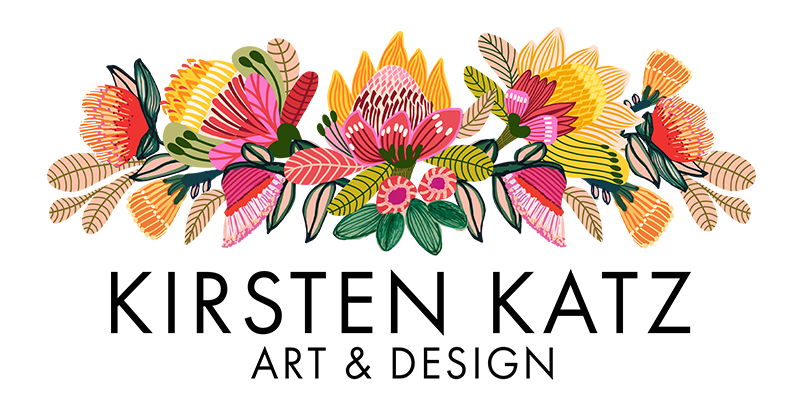Every artist embarks on a unique and personal journey towards discovering their artistic style. Your style is a reflection of your inner voice, your experiences, and your creative vision. While it can be a challenging and often elusive quest, it's also a deeply rewarding one. In today's blog post, we will explore several ways in which artists can find their style and cultivate it over time.
1. Explore a Variety of Mediums and Techniques
One of the first steps in finding your artistic style is to experiment with different mediums and techniques. Don't be afraid to step out of your comfort zone and try something new. Whether it's painting, drawing, sculpture, digital art, or mixed media, each medium offers a unique set of possibilities. The more you explore, the more likely you are to stumble upon a medium that resonates with you and helps you express your ideas in a distinctive way.
2. Study the Masters
Art history is a treasure trove of inspiration. Take the time to study the works of renowned artists from different periods and styles. Analyze their techniques, colour palettes, and subject matter. By doing so, you can gain insights into what resonates with you and begin to incorporate elements of their styles into your own work. By trying out different techniques and methods it becomes a stepping stone to finding your voice.
3. Reflect on Your Life Experiences
Your personal experiences, emotions, and beliefs are powerful sources of inspiration. Consider how your life journey has shaped your perspective and unique worldview. Take time to reflect on your experiences, and explore ways to translate those emotions and ideas into your art. Your personal narrative can become a central theme in your work, creating a style that is deeply authentic and meaningful.
4. Experiment with Different Themes
Your artistic style can evolve as you explore various themes in your work. Experiment with different subject matters and concepts. Whether you're drawn to nature, human relationships, social issues, or abstract concepts, each theme can contribute to the development of your style. Over time, you may find that certain themes resonate with you more deeply, allowing your style to naturally evolve around them.
5. Keep a Visual Journal
Maintaining a visual journal or sketchbook is an excellent way to document your creative journey. Use it to jot down ideas, doodle, sketch, and record your thoughts and observations. Your visual journal can serve as a repository of inspiration and a tool for tracking the evolution of your style over time. Don't worry about making everything perfect; it's a place for experimentation and raw creativity.
6. Seek Feedback and Critique
Sharing your work with others, whether through online platforms, art communities, or with trusted peers, can be instrumental in refining your style. Feedback and constructive criticism can provide valuable insights and help you see your work from different perspectives. Be open to critique, but also remember that your style is a reflection of your unique voice, so trust your instincts and make choices that resonate with you.
7. Embrace Consistency and Evolution
While it's essential to embrace your unique style, it's equally important to recognize that artistic styles are not static. Your style will evolve and change as you grow as an artist and continue to explore new ideas and techniques. Don't be afraid to embrace this evolution; it's a sign of your artistic maturity.
Conclusion
Finding your artistic style is a journey that requires patience, self-reflection, and a willingness to explore. Remember that there is no fixed destination; it's a continual process of growth and self-discovery. Embrace the uniqueness of your perspective, be open to new experiences, and trust in your creative instincts. Your style will evolve naturally, becoming a genuine reflection of your artistic identity. So, keep creating, keep experimenting, and most importantly, enjoy the journey.









